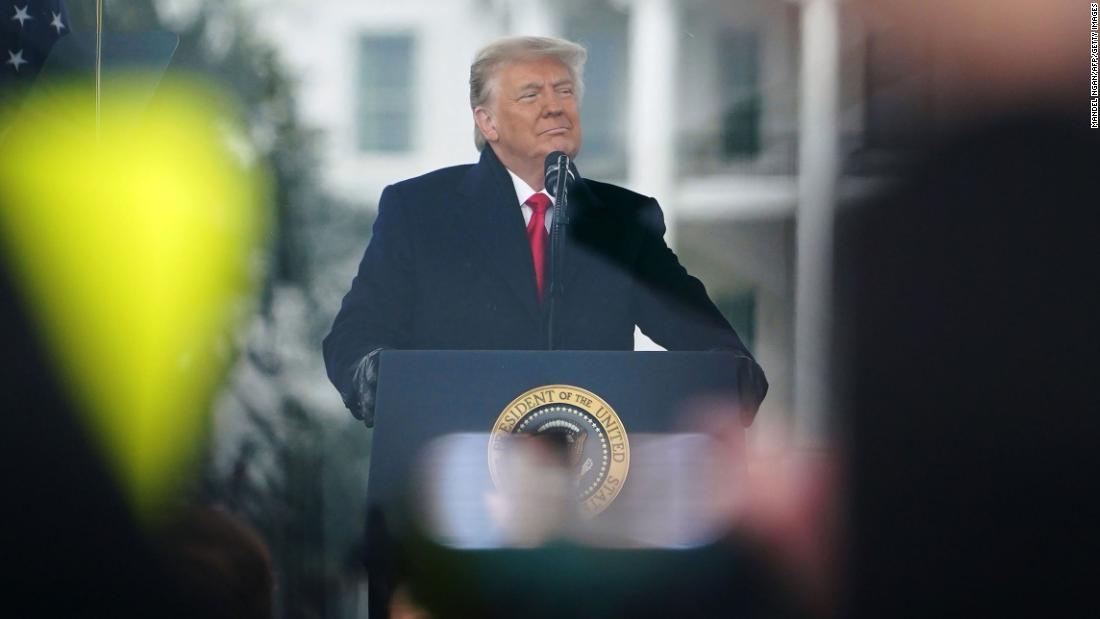Crossword blog: the New Yorker prints a new weekly puzzle
The print look of a new crossword collection is trigger for celebration. So three cheers for the New Yorker, which incorporates a weekly puzzle as of in the present day. For me, this was additionally a possibility to speak technical with the journal’s puzzles and video games editor, Liz Maynes-Aminzade.
When democracy got here to South Africa, the Guardian setter Araucaria set a puzzle together with lots of the lesser lights of the anti-apartheid motion and later remarked: “These were people I thought Guardian readers should know.” What is the equal for the New Yorker?
I feel a lot of the New Yorker’s constructors would establish with that. They typically use their grids to highlight fascinating individuals who haven’t fairly gotten their due.
A crossword can solely offer you a lot context about a particular person, in fact. But should you end a nice puzzle that has, say, Pauli MURRAY or HILMA AF KLINT as a point of interest – latest entries in grids by Anna Shechtman and Wyna Liu, respectively – possibly your curiosity will probably be piqued, even should you hadn’t heard of the particular person. That’s additionally why our on-line puzzles embody a featured reply and a associated New Yorker article on the completion display screen, as a form of invitation to be taught extra.
Does it require extra technical ingenuity to ensure the crossing letters assist a solver who’s much less accustomed to an entry?
Yes, I feel it’s a robust factor to tug off. Erik Agard is a virtuoso at this; his New Yorker crosswords typically function names or references which may not be identified to all our readers, however that may nonetheless be easy-ish for them to unravel.
An excellent instance is his puzzle from final yr that had NTOZAKE SHANGE as the marquee entry. If you take a look at the crossings, they’re all acquainted (with out being boring) phrases and phrases – NARRATOR, BLIZZARDS, TETE A TETE – and there are not any correct nouns, or any of the occult crosswordese which may journey up a solver.
I discover it simpler as a solver to select a Wasp-y surname as I’ve a good sense of the place the vowels and consonants are going to be. Is there a corollary in building? As Chiwetel Ejiofor, the central entry in a recent Monday puzzle, told this paper: “I was a kid with a funny name.”
This seems to be a fairly sophisticated query. Here’s what Natan Last, who made the CHIWETEL EJIOFOR puzzle, needed to say: “Since it’s probably the case that most of the words in the grid will still be phonotactically English, introducing non-English patterning can disrupt the sequencing of vowels and consonants.” For occasion, should you needed to place HASAN MINHAJ in a grid, you’d should be cautious that the J didn’t additionally fall at the finish of the crossing phrase, since only a few English phrases finish in J.
So, briefly, it’s tougher. But Natan additionally identified that phonotactic inconvenience isn’t the solely motive you don’t see extra non-western loanwords in American grids. Since English is a consonant-heavy language, vowel-heavy phrases are helpful to constructors as “release valves” – which explains the ubiquity of OREOs and EPEEs. But it doesn’t clarify why you see ALEE extra typically than ALOO; that’s extra possible chalked as much as cultural bias.
We talk here a lot about how Word of the Year lists typically embody phrases which can be solely identified to those that are extraordinarily on-line. How do you assess how gettable may be a piece of Twitter jargon? Testing?
Our crossword editors – myself, Nick Henriquez, and Andy Kravis – are all, I feel, various levels of on-line. The identical might be true of our constructors. It’s useful to have that unfold once we’re attempting to find out how in-the-language a newer phrase or phrase is.
I’ll say, personally, that there’s a sort of extraordinarily on-line communicate that turns me into a curmudgeon. But Twitter is a crucible of language change, which is inherently fascinating, and we would like our puzzles to interact with that. So we welcome on-line slang, moderately.
Finally, what’s the meant shelf lifetime of a New Yorker puzzle?
We hope each puzzle will probably be timeless! Seriously, although, we do attempt to future-proof our puzzles as a lot as attainable. This includes smaller precautions (swapping in particular dates as an alternative of “recently” or “this year”) and bigger ones (reining in references to fads and phrases that appear destined for oblivion).
On the different hand, we would like New Yorker crosswords to really feel topical, and our enhancing and fact-checking course of was designed to accommodate that, by means of a comparatively fast turnaround. I’d hope that our puzzles will nonetheless be solvable 15 years from now – even when that future solver sees them as considerably quaint artefacts of the 2020s.
Many due to Liz; the puzzle archive is here. I requested Liz if she had a suggestion for our Healing Music Recorded in 2020-21 to Accompany a Solve or Even Listen to; she replied: “Lianne La Havas’s Home Concert checks all these boxes – healing, recorded in isolation, and great as the background to a solve, or as the main event.”
The Shipping Forecast Puzzle Book by Alan Connor, which is partly however not predominantly cryptic, can be ordered from the Guardian Bookshop.
Here is a collection of all our explainers, interviews and other helpful bits and bobs.




